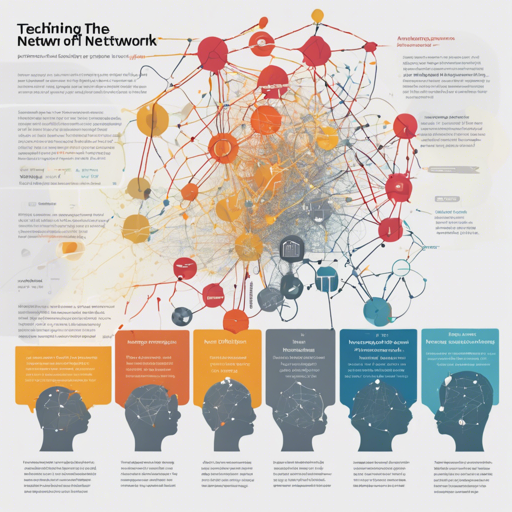In the ever-evolving field of artificial intelligence and neural networks, the quest for efficiency and accuracy is paramount. One of the most intriguing concepts that has emerged in this domain is “Network Pruning.” This article discusses how to implement network pruning based on the paper titled “Rethinking the Value of Network Pruning.” Our aim is to provide a user-friendly guide to understanding and deploying various pruning methods you can explore in your projects.
What is Network Pruning?
Network pruning is a technique used to reduce the computational overhead of neural networks by removing less important weights and neurons. The main idea is to retain only the most essential parts of the network, leading to faster and more efficient models without significant accuracy loss.
Summary of Key Findings from the Paper
- Training from Scratch: For structured pruning, training a pruned model from scratch can achieve similar or better accuracy than traditional methods.
- Model Efficiency: Over-parameterized large models may not be necessary for obtaining efficient final models.
- Architectural Significance: The final model’s architecture is crucial, hinting that pruning can also be a form of architecture search.
Implementing Network Pruning
The paper provides implementations of several pruning methods that you can use in your research or projects:
- L1-norm based channel pruning
- ThiNet
- Regression based feature reconstruction
- Network Slimming
- Sparse Structure Selection
- Soft filter pruning
- Unstructured weight-level pruning
Understanding the Code: An Analogy
Imagine you are a sculptor working with a large marble block. Rather than starting with an intricate, detailed sculpture, you first chip away the unnecessary mass to reveal the essence of your art. Similarly, in network pruning, you start with a complex neural network and strategically remove weights and connections that do not contribute significantly to the model’s performance. By doing so, you shape a more efficient architecture that retains its core competency—much like a statue that embodies beauty and poise.
How to Get Started
To implement network pruning, follow these steps:
- Clone the repository containing the implementation.
- Set up your environment as specified: Python 3.6 and PyTorch 0.3.1.
- Explore the subfolders for specific instructions related to different pruning methods.
- Run experiments and evaluate the performance of pruned vs. non-pruned models.
Troubleshooting
If you encounter issues while implementing network pruning, consider the following troubleshooting tips:
- Ensure your Python and PyTorch versions match the requirements. Version mismatches are common culprits in code execution problems.
- Check the file paths in your scripts. Incorrect paths can lead to file not found errors.
- Review the parameters of the pruning methods—you may need to tweak them for better results depending on your dataset.
- If you need additional help, feel free to reach out via issues or emails provided in the repository.
For more insights, updates, or to collaborate on AI development projects, stay connected with fxis.ai.
Conclusion
At fxis.ai, we believe that such advancements are crucial for the future of AI, as they enable more comprehensive and effective solutions. Our team is continually exploring new methodologies to push the envelope in artificial intelligence, ensuring that our clients benefit from the latest technological innovations.

